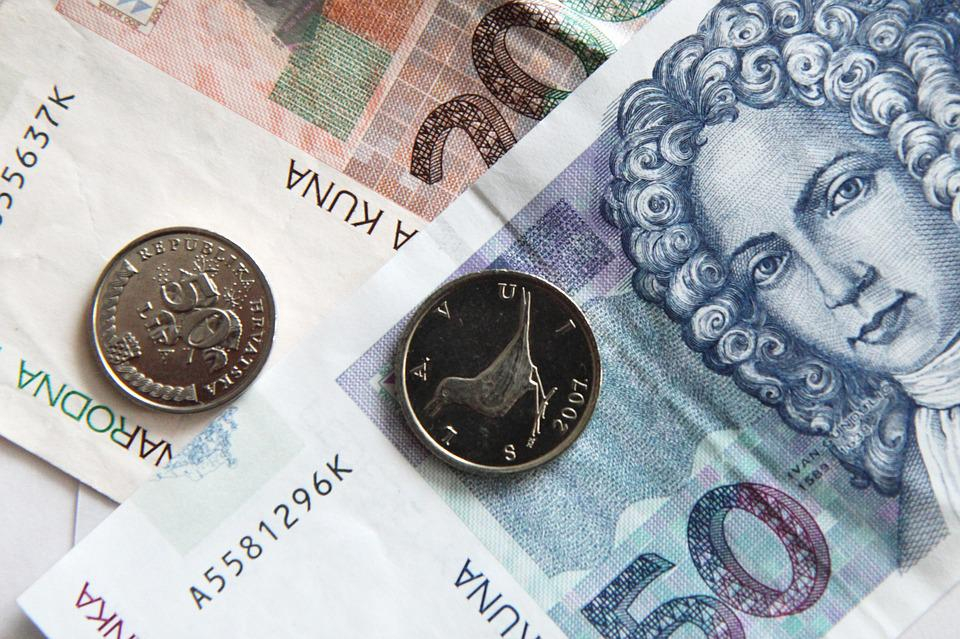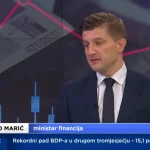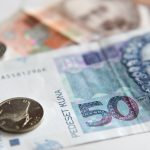As Poslovni Dnevnik/Jadranka Dozan writes, the recently updated macroeconomic projections for this year, presented by the government within the new Convergence Programme, once again did well in confirming just how much various economic forecasts have had their “shelf lives” very much shortened in the face of Croatian inflation.
This is most drastically shown in the revised estimate of the average Croatian inflation rate. The last official projection from the government, made back during the time of the adoption of the state budget for the year 2022, is barely half a year old, and compared to the then projected 2.6 percent, the expected Croatian inflation rate is now three times higher.
To be more precise, the government is currently counting on a rise in consumer prices of as much as 7.8 percent, proving to be much more cautious than the Croatian National Bank has been. The CNB’s recently released new forecast of average inflation of 5.4 percent now seems actually quite optimistic.
The war in Ukraine, accompanied by additional supply chain disruptions and the ongoing energy crisis, has intensified inflationary pressures, affecting the prices of energy, transport, food, but also a number of other raw materials and industrial goods.
From next year on, inflation is thankfully expected to slow down, but having in mind the so-called the base effect of this year’s large price increase, the projected slowdown to 3.7 percent next year and to 3.5 percent in 2024 certainly doesn’t sound all that promising for anyone. As early as this autumn, in addition to lower price growth this year, rates of 2.3 and 2.2 percent have calculated for the first two years following Croatia’s transition to the Eurozone.
Given the projections for growth in average gross wages (employees in legal entities), Croatian residents have at least two or three years of falling standards ahead of them, although government projections suggest that a slight recovery in terms of real income could finally begin next year.
According to the calculations from the Ministry of Finance, gross wages are expected to grow by an average of 6.3 percent this year (compared to a 7.8 percent rise in prices). In the first year, the euro should grow by an average of 3.8 percent or slightly above the Croatian inflation rate, and in 2024 by about 3.5 percent, which is one percentage point more than the expected price growth.
A minor surprise came from the government’s revision of expected economic growth, although it is currently proving more conservative than the central bank. Instead of growth at the rate of 4.4 percent, which was estimated at GDP growth last autumn, expectations have been reduced down to three percent in real terms this year, with an acceleration forecast of 4.4 percent next year.
With the traditionally significant contribution of personal consumption in the structure of the nation’s overall GDP, it remains to be noted that expectations of consumption growth compared to the original projections for this year decreased from 3.2 down to a mere 1.4 percent.
At the same time, following a package of anti-inflation economic measures, estimated at almost five billion kuna, then increased material and costs for Ukrainian refugees, and finally this week’s agreement with the unions of state and public services, government spending is expected to grow more than planned for in the state budget. Instead of the then projection of just over two percent, it now counts on a 3.3 percent increase in government spending.
Although the projected growth rate of investment has now been halved (from 12 down to 5.8 percent) this year, over the next few years, public and private sector investment should be the main drivers of growth. Their contribution to Croatian GDP growth this year, at least according to the Ministry of Finance, is estimated to stand at 1.2 percentage points.
Individually, however, following the expectation of 7 percent growth in terms of the exports of goods and services (slightly less than 5 percent for goods and more than nine percent for services), the contribution of exports to Croatia’s GDP should be significantly higher than that of investment (about 3.5 percentage points). However, given the rather high import dependence of the Croatian economy, Finance Minister Zdravko Maric explained that “the net contribution of net exports will be slightly positive this year, and slightly negative or neutral over the next three”.
For more on Croatian inflation, check out our dedicated politics section.










